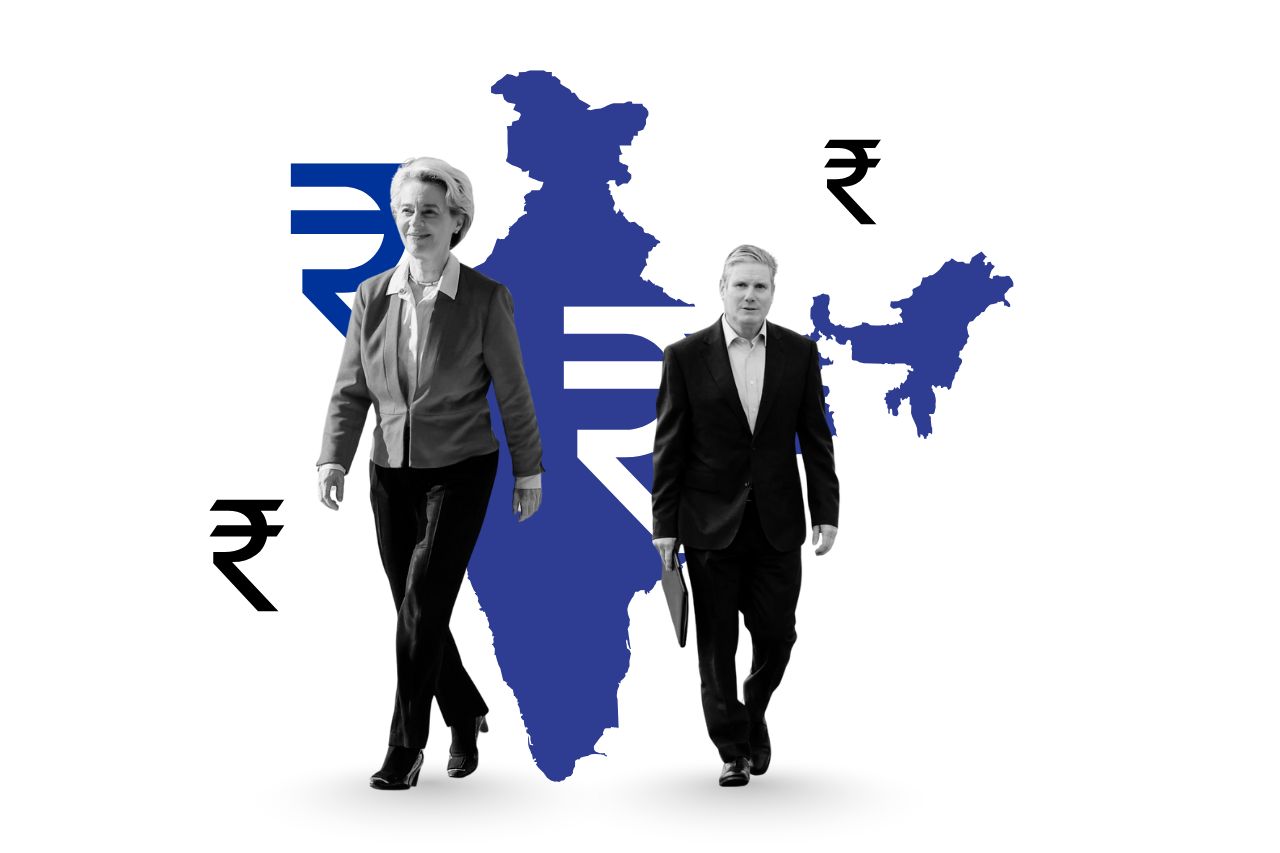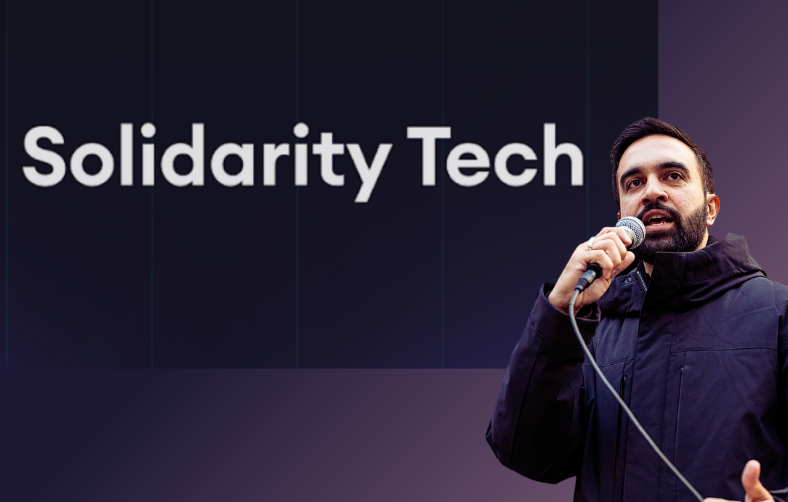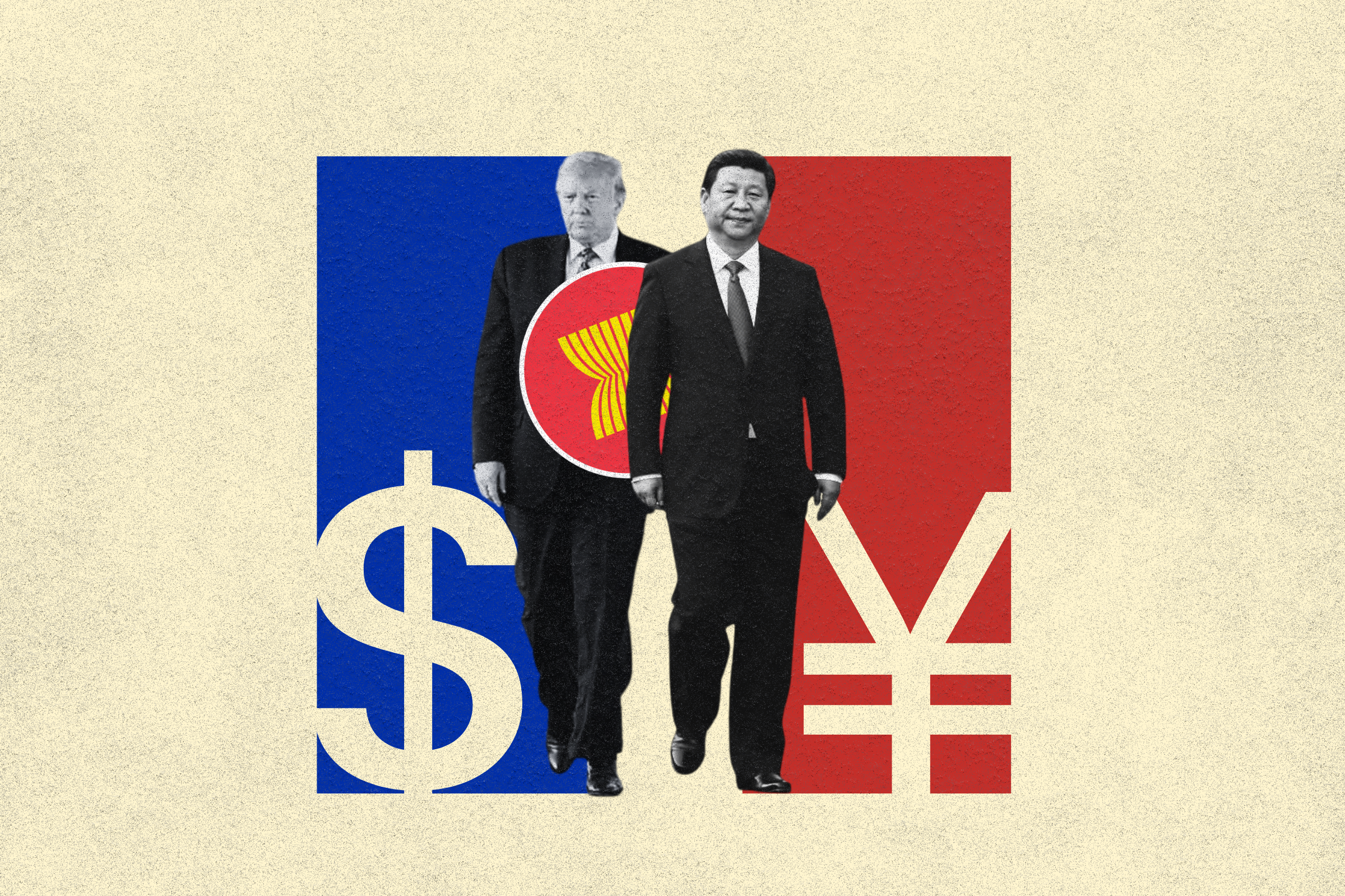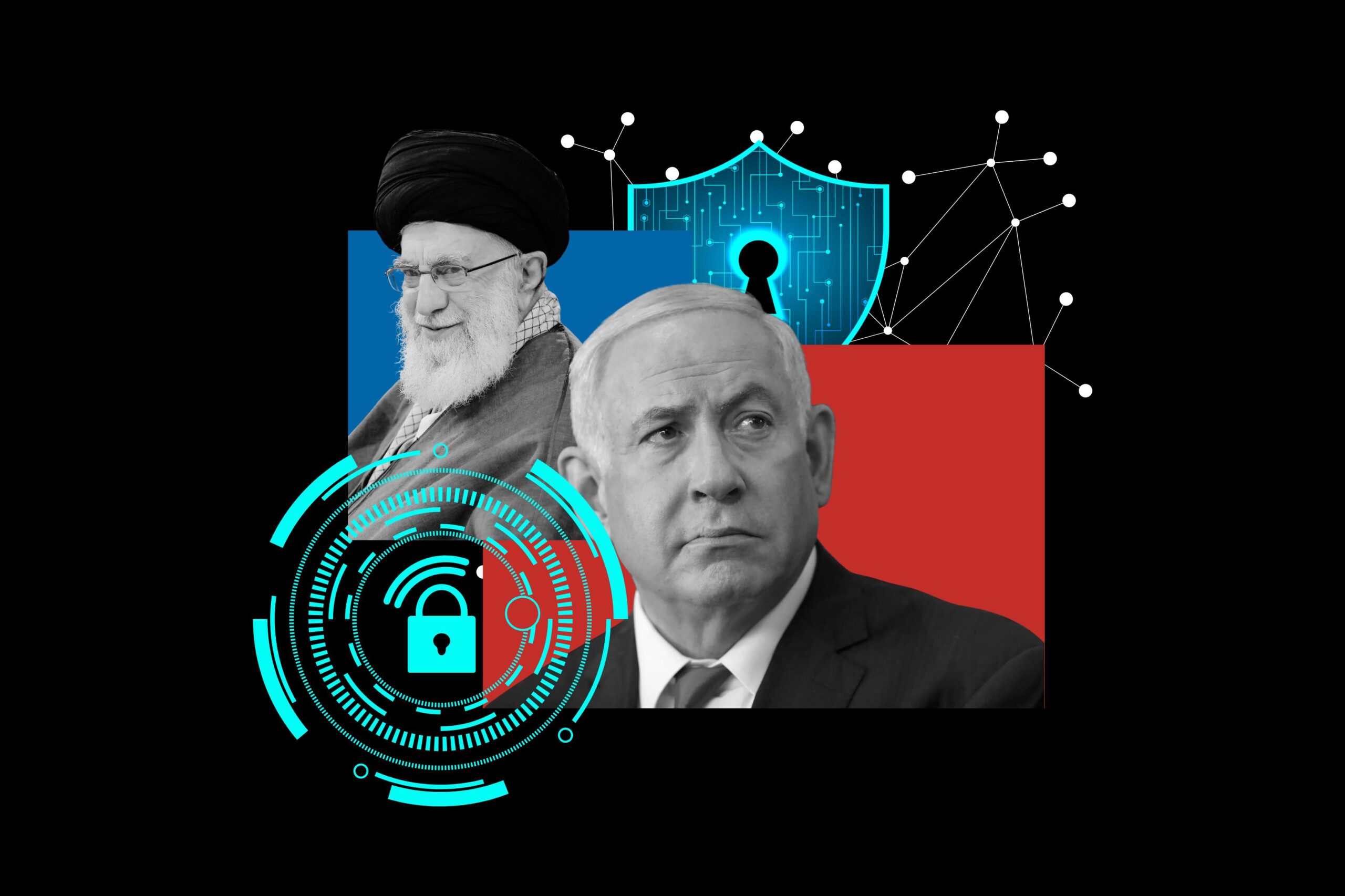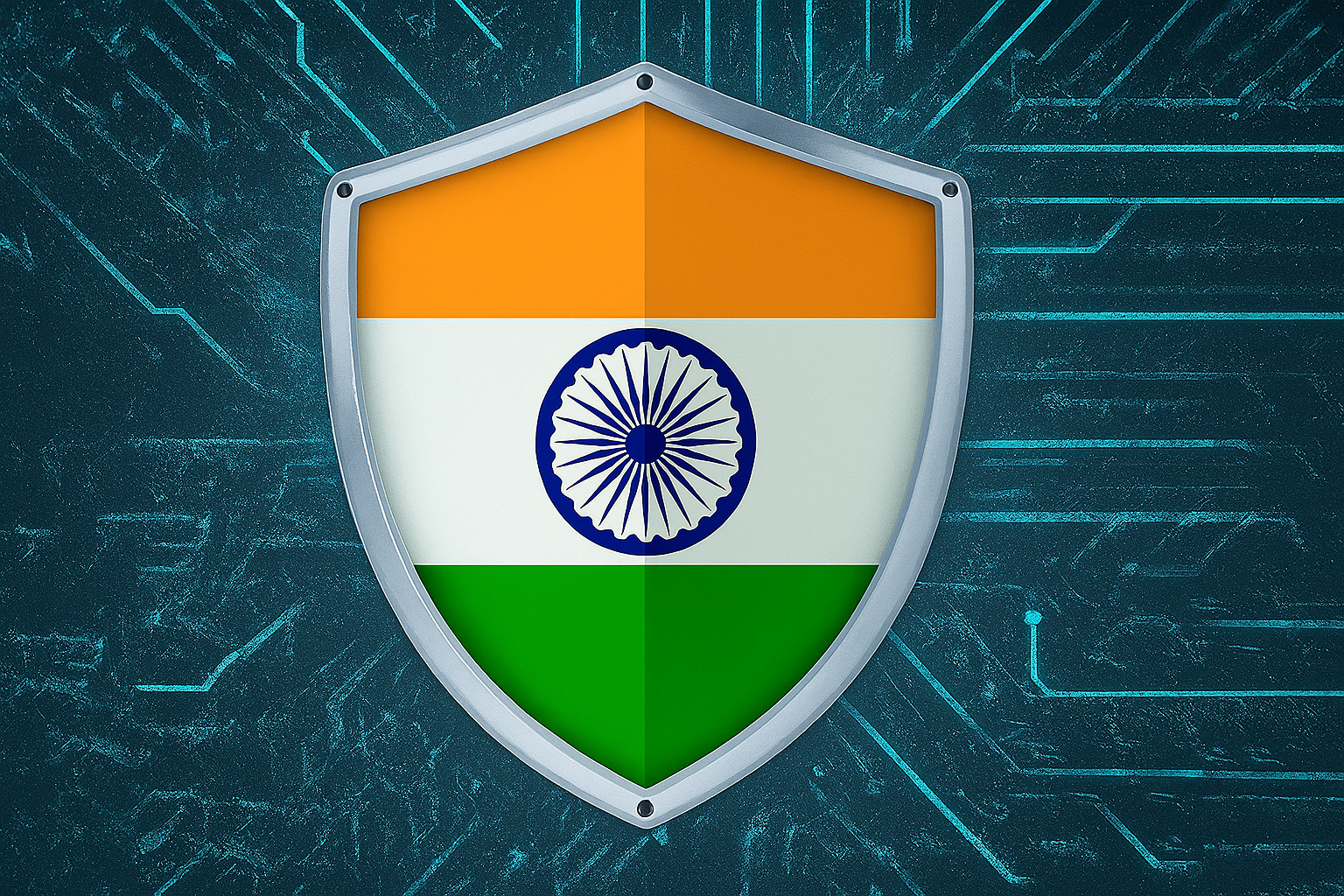
In a race that seemed stacked against a grassroots insurgent, Zohran Mamdani managed to unite solidarity, tech-savvy organizing, and a message of hope into a triumphant campaign and win. Here’s how he did it, and why this win might just be the beginning.
Building solidarity from the ground up
Mamdani’s campaign started with a clear message of solidarity with working-class New Yorkers, renters, immigrants, and people whose voices had been sidelined. He didn’t rely solely on big money or polished photo-ops: he knocked doors, talked face-to-face, and invited participation. Studies of his campaign show that he “reshaped the electorate, bringing hundreds of thousands of non-voters out to the polls from young people to left-behind immigrant communities.”1 Another report: his team knocked 1.6 million doors, held more than a quarter of a million direct conversations, and engaged more than 50,000 volunteers.2
This was not just a campaign to people (as the opposition party and its defenders) it was a campaign with people. The shared sense was: “we’re in this together,” and that kind of solidarity turned into votes. He brought the streets to the boxes. Against the power of money, they won by knocking on the door 3 million times.
But solidarity alone wasn’t the only tool. This election was the sneak peak of the future of campaigns. Mamdani leaned into tech: social media videos, data-driven canvassing, multi-lingual outreach, volunteer apps, and more. The tech platform known as Solidarity Tech (originally designed for deep organizing of unions) helped scale his volunteer wave.3
In effect, the campaign blended old-school door-knocking with new-school algorithmic coordination: volunteers got lists, messages got optimized, visuals went viral, and the momentum built.

Mamdani’s policy platform was bold: rent freezes, fare-free buses, universal childcare, higher taxes on the wealthy, more affordable housing especially for the good of marginalized groups,women and most importantly; immigrants.
But the real power was how his message resonated: “you’re not alone; you’re not forgotten.” The tech + solidarity approach amplified that theme.
How Solidarity Tech works
It’s an all-in-one CRM/organizing platform tailored for movements, campaigns and grassroots organizations. It merges tools like calling, texting, email, event management, field app, reporting, volunteer tracking, donation management.4 Its key value-proposition: instead of using many fragmented tools, you keep your contacts, your outreach, your events, your volunteer shifts, all in one place. It allows you to convert interest into action: a potential supporter sees content, signs up via a form → enters the CRM → automated follow-up (email/text invites/reminders) → event/shift commitment → turnout.2 It also supports multiple languages, field apps for door-knocking, query builders for segmentation, volunteer management tools.
As the graphic outlined above, the way Mamdani stressed this digital + field-organising pipeline let the campaign turn momentum into material outcomes: volunteers showing up, canvassing, engaging voters simply “likes” or “views”.
When opponents attacked him for example pointing to his statements around Israel and global solidarity (which stirred controversy among some Jewish voters) Mamdani did not retreat completely but leaned into his base. He knew internal opposition (within his party) and external opposition (business, elites, establishment) would try to define the story so instead he told the story himself, with visuals, platforms, volunteers, and continuous outreach.
Mamdani managed to navigate his campaign according to the outcome of the election, against all aspects. He also faced criticism from within his own party and among moderate voters but his volunteer army and broad outreach to non-traditional voters bypassed those gatekeepers.
While many expected big money or insider endorsement to win, Mamdani proved that bottom-up tech-aided organizing + clear solidarity messaging could prevail.
Graphically, plot would seem like:
• Chart A: Volunteer growth over time
• Chart B: % of new voters captured vs. baseline
• Chart C: Voter turnout increases in traditionally under-represented districts
Victory isn’t the end. In fact, for Mamdani it may feel like the beginning. He now faces the enormous challenge of governing implementing the policies he campaigned on, dealing with establishment push-back, business resistance, and internal party tensions.
Many elites including wealthy tech founders and legacy power-brokers remain opposed to his agenda. Those who backed the status-quo aren’t suddenly his partners. Yet he did secure the votes of the streets, the everyday New Yorkers who felt the pinch of affordability, who felt invisible.
Now the question is: can he deliver? Can he turn this campaign momentum into governing muscle? Can the same solidarity network that knocked doors transition into civic engagement and policy oversight? Can the tech-savvy organization turn into decision-making and accountability? The campaign won; the governorship begins. If he stumbles, the lesson will be about the gap between movement and government.
